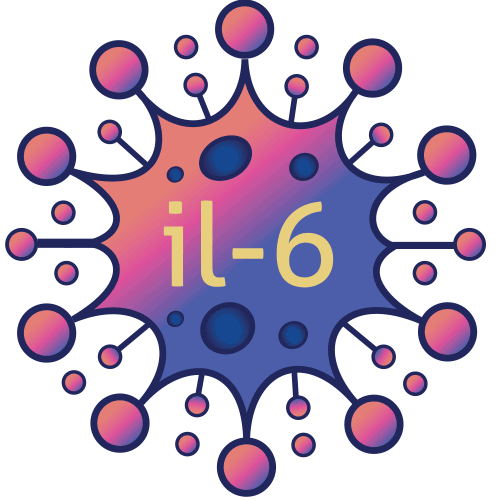Religion and IL-6 Levels
- From The Mind of AI

- Dec 19, 2024
- 3 min read
Stress Reduction:
Many religious practices, such as prayer, meditation, contemplation, and rituals, are known to reduce chronic stress. Stress is one of the key drivers of elevated IL-6 levels. Engaging in spiritual practices may lower cortisol levels and the overall stress response, thereby decreasing IL-6 levels.
For example, studies on mindfulness meditation and other forms of spiritual meditation have shown reductions in inflammatory markers, including IL-6. Spiritual experiences that evoke a sense of peace, belonging, and connectedness may trigger the body's parasympathetic response, leading to reduced inflammation.
Community and Social Support:
Participation in religious communities often provides strong social support, which has been shown to improve mental health and reduce inflammatory markers. Loneliness and social isolation are linked to elevated IL-6, while being part of a supportive community lowers stress and promotes emotional well-being.
Regular attendance at religious services, for instance, has been correlated with better overall health and lower levels of chronic inflammation, possibly due to the combined effects of social support, reduced stress, and positive emotional experiences.
Positive Emotions and Awe:
Religious and spiritual experiences often evoke positive emotions such as awe, gratitude, and compassion. These emotions are associated with lower inflammation. Experiencing awe, in particular, can reduce the body's stress response, potentially lowering IL-6 levels and promoting healing.
Research suggests that feelings of awe—whether evoked by nature, religious rituals, or moments of transcendence—may contribute to a downregulation of pro-inflammatory cytokines, including IL-6.
Faith and Coping Mechanisms:
Religious individuals often use their faith as a coping mechanism during difficult times, which can buffer the psychological impact of stress. This spiritual resilience can lead to lower levels of inflammation, as people who are able to frame their challenges within the context of a larger spiritual narrative may experience less emotional turmoil, resulting in reduced IL-6 levels.
Studies show that individuals who engage in religious coping report lower levels of anxiety and depression, both of which are associated with elevated IL-6.
Influence of IL-6 on Religious Experiences:
Inflammation and Emotional Processing:
IL-6 is involved in neuroinflammation, which can affect regions of the brain responsible for emotional regulation and spiritual awareness, such as the prefrontal cortex and the amygdala. High levels of IL-6 may impair emotional and cognitive functioning, potentially dampening the ability to engage in or benefit from transcendent experiences.
Conversely, during moments of spiritual clarity or emotional release that often accompany religious experiences, a reduction in IL-6 may allow individuals to feel more connected and experience a greater sense of meaning.
Spiritual Experiences as Healing:
Some research has explored how religious healing ceremonies or rituals may influence inflammatory markers. Spiritual or religious experiences that invoke healing rituals, forgiveness, or a sense of divine presence may contribute to reduced inflammation. For example, confession, forgiveness rituals, or seeking spiritual solace after trauma can help reduce the psychological burden, which may decrease IL-6 levels.
Conclusion:
IL-6 is closely linked to inflammatory responses, and religious or spiritual experiences that involve stress reduction, community support, positive emotions, and emotional healing can potentially lower IL-6 levels. These experiences promote physical and mental health by reducing the chronic inflammation that contributes to numerous mental and physical health issues. Thus, spirituality may act as a protective factor against neuroinflammation and may contribute to overall well-being by regulating IL-6 levels.
Although research in this area is still developing, the connection between inflammation, spirituality, and health outcomes suggests that religious experiences may have a biological component that supports healing and emotional resilience.



Comentarios